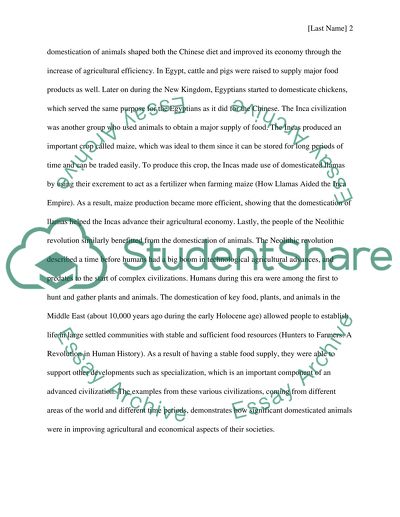Cite this document
(“The Domestication of Animals and its Impact on World Civilizations Essay”, n.d.)
Retrieved from https://studentshare.org/environmental-studies/1702624-the-domestication-of-animals-and-its-impact-on-world-civilizations-over-time
Retrieved from https://studentshare.org/environmental-studies/1702624-the-domestication-of-animals-and-its-impact-on-world-civilizations-over-time
(The Domestication of Animals and Its Impact on World Civilizations Essay)
https://studentshare.org/environmental-studies/1702624-the-domestication-of-animals-and-its-impact-on-world-civilizations-over-time.
https://studentshare.org/environmental-studies/1702624-the-domestication-of-animals-and-its-impact-on-world-civilizations-over-time.
“The Domestication of Animals and Its Impact on World Civilizations Essay”, n.d. https://studentshare.org/environmental-studies/1702624-the-domestication-of-animals-and-its-impact-on-world-civilizations-over-time.


